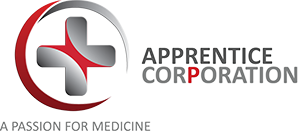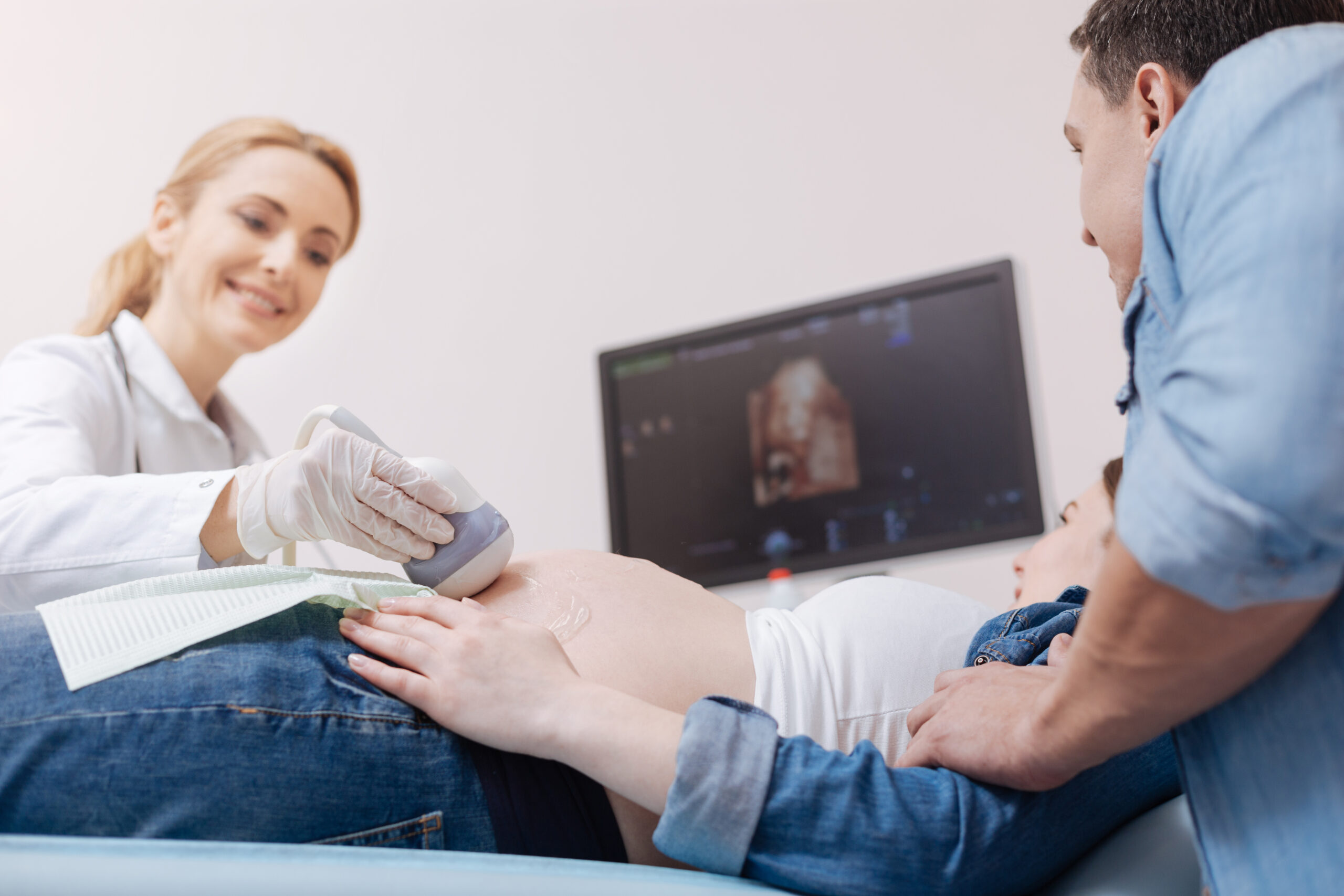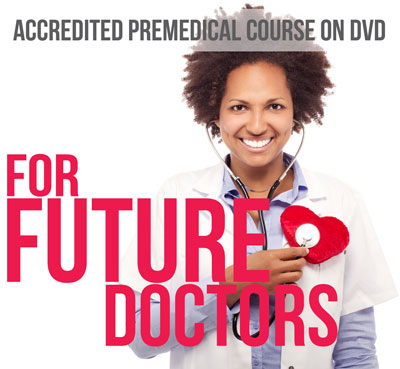Reviewed by Dr Lawrize Stofberg (O&G Specialist, Aberdeen, UK)
Obstetrics and gynecology
Please note: Contains information about human reproduction – quite appropriate for viewers in high school – please ask for parental guidance if unsure!
* * * * * * * * * *
Obstetrics and gynecology (common abbreviations: OB/GYN, OBG, O&G or Obs & Gynae) are the two surgico-medical specialties dealing primarily with the female reproductive system.
Obstetrics involves the care of the pregnant woman as well as her unborn child and gynecology involves the management of diseases specific to women. Most consultants are generalists but the specialty offers a wide range of sub-specialties, which include materno-fetal medicine, gynecologic oncology, gynecological urology, reproductive endocrinology and community gynecology.
The specialty includes a variety of surgical procedures both in obstetrics and gynecology and often involves the close co-operation with other specialties such as urology (specialist in the urinary system), colorectal surgery (see Module 5) and oncology (cancer specialist). The medical aspects of the specialty involve liaison with e.g. endocrinologists (specialist of the hormonal system), renal (kidney) physicians and cardiologists (heart specialist).

 Preparation required:
Preparation required:
1. All Club Members should review the Reproductive System on the Apprentice Doctor CD-ROM
2. Let’s learn about infertility- information from the University of Stanford.
(Study in your own time before the meeting)
The Male Reproductive System
The Female Reproductive System
Pregnancy has traditionally been staged into three trimesters:
The first trimester is measured from conception to about the 12th week of pregnancy; the second trimester, from about 13 to 27 weeks of pregnancy; and the third trimester, from about 28 weeks of pregnancy until birth.
See what happens with the mother-to-be and the baby during each of these three stages:
[Click Here] (slide-show) and [Here] (for amazing real video material of the developing embryo and fetus)
Download this Power Point Presentation showing the unborn baby in the uterus
Prescribing medication during pregnancy
Despite the advances of modern science, the basic process of the development and formation of a baby out of a fertilized egg cell (zygote) is at best poorly understood.
Drugs may affect the unborn baby, the mother or both. In addition to this drugs and medication may affect the pregnancy (e.g. cause a miscarriage or premature delivery).
Basic rules are:
- Be especially careful regarding prescribing drugs in the first trimester when the development of basic tissues and organs is taking place
- Keep medication to the bare essentials for the specific problem
- Use safe medication – e.g. Paracetamol for pain – check safety with a pharmacist, doctor or obstetrician
- If possible minimum dosage and short duration
- Patients using essential chronic medication for medical conditions may have to change to sometimes “less effective to the mother” but “safer to the baby” alternatives e.g. drugs used to treat epilepsy patients
- Don’t become completely anti-medication. Treating an infection with a safe antibiotic may be better than allowing an infection to progress unchecked with all the negative implications of bacterial toxins causing damage to both mother and the embryo/fetus
- Supposedly “innocent natural medication” might not be so innocent at all – especially so during pregnancy – check with a doctor!
Definitions to remember:
Cesarean Section (C-Section) is a surgical procedure in which an incision is made through a mother’s abdomen and uterus to deliver one or more babies, or, rarely, to remove a dead fetus.
Dilation (or dilatation) and curettage (D&C) refers to the dilation (widening/opening) of the cervix and surgical removal of part of the lining of the uterus and/or contents of the uterus by scraping and scooping (curettage). It is a gynecological procedure used in obstetrics to remove pregnancy products from the womb for example in certain instances of miscarriages or when some tissue stayed behind in the uterus after the delivery of a baby, as well as a method of first trimester abortion. It is used in gynecology to help diagnose endometrial cancer, to remove certain polyps and very rarely to treat abnormal menstrual bleeding.
Endometrial ablation is a procedure that destroys the endometrium (uterine lining). This procedure is used to treat abnormal uterine bleeding. Endometrial ablation can be done by:
- LASER beam
- Heat (thermal ablation), using radiofrequency, microwaves, heated saline (thermal balloon ablation), electricity – using a resectoscope or by
- Freezing
Hysterectomy is the surgical removal of the uterus. It may be total (removing the body, fundus, and cervix of the uterus) or partial (removal of the uterine body while leaving the cervix intact; also called “supracervical”).
Practical Project:
Students who have a close family member who is pregnant (5-9 months) can perform Project 41: Listen to an unborn baby’s heartbeat (available on the Apprentice Doctor Foundation CD-ROM) – as a home project – and offer feedback on a consecutive Club/Chapter meeting. Keep in mind that the fetus’ heart beats much faster compared to the mother’s heart.
Let’s go to the Operating Room to see a C-Section delivery:
Have a look at an [Epidural Block (Animation)] then the [C-Section (Video-Clip)]

Do you have what it takes to become an O&G Specialist?
Answer the following questions honestly:
- Are you prepared for a long study period of many years?
- Can you handle highly stressful situations daily? (Your own, your patient’s and her family’s stress.)
- Can you make life and death decisions in an instant? (Baby/babies and mother.)
- Are you prepared to have irregular working hours? (Often work at night time.)
- Do you have very good communication skills?
- Do you have the ability of working as a member of a team?
- Can you offer sympathy and are you non-judgmental?
- Are you fairly dexterous?
- Can you face the reality of a high risk medico-legal environment? (Some of your dearest patients may turn against you in an instant due to circumstances beyond your control.)
Comment: There is an acute shortage of Obstetricians in some states in the USA – mainly as a result of exuberantly high malpractice insurance premiums – in some states up to $150 000 per year and more! Many O& G specialists move to less risky states or confine their practices to Gynecology only – or deregister and practice as general doctors. Some even leave the medical field completely!
[Club Discussion]
How Can I Become a Specialist O&G Specialist?
More Information (USA) – [Click Here]
Midwifery is a health care profession in which providers offer care to childbearing women during pregnancy, labor and birth, and during the postpartum period. They also help care for the newborn and assist the mother with breastfeeding.
How to become a Midwife:
More Information (USA) – [Click Here]
Cutting edge advances
GIFT stands for “Gamete Intra-Fallopian Transfer.” Gametes (the female’s eggs and the male’s sperm) are washed and placed via a catheter directly into the woman’s fallopian tubes. This usually involves a minor surgical procedure which allows you to go home the same day with a minor degree of pain that lasts for just a few days. With GIFT, fertilization occurs inside the woman’s body (not outside), and mimics the way a normally fertilized egg would begin its journey to the uterus for implantation.
ZIFT (Zygote Intra-Fallopian Transfer) is a procedure where the zygote is placed into the fallopian tube using laparoscopy.
Have a look at this video-clip of a ZIFT procedure: [Click Here]
(Contains information about humam reproduction – quite appropriate for viewers in high school – please ask for parental guidance if unsure!)
Looking forward to Module 8?
Dentistry is the branch of medicine that is involved in the study, diagnosis, prevention, and treatment of diseases, disorders and conditions of the oral cavity, maxillofacial area and the adjacent and associated structures and their impact on the human body. Dentistry is widely considered necessary for complete overall health.
- Cutting edge technology and advances
- Learn about the various dental specialty fields
- See maxillofacial surgical procedures
- Learn about exciting advances in dental implant dentistry and
- Lots more!
Download Module 7 in PDF format
Register an Apprentice Doctor Club:
Registration is Free! Register so that the Club Attendees can get their Apprentice Doctor Club Attendance Certificates!
Best wishes for your success!
Your Apprentice Doctor Mentor and Guide



